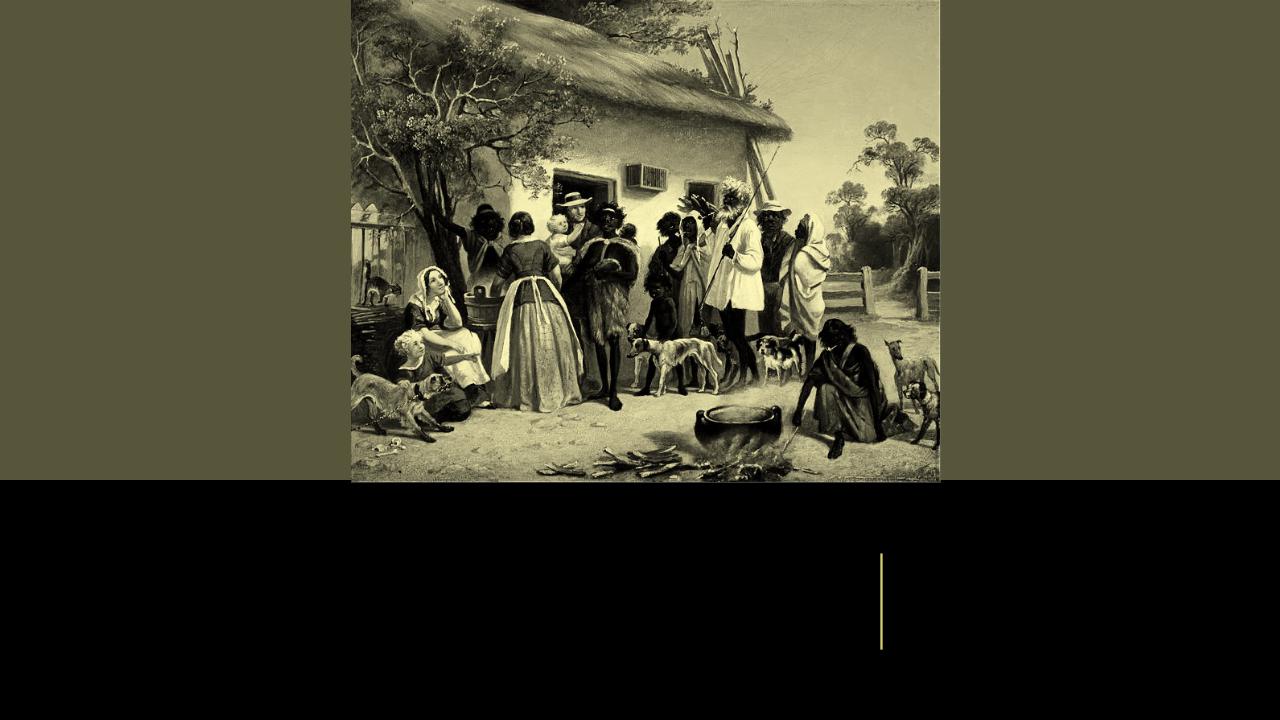
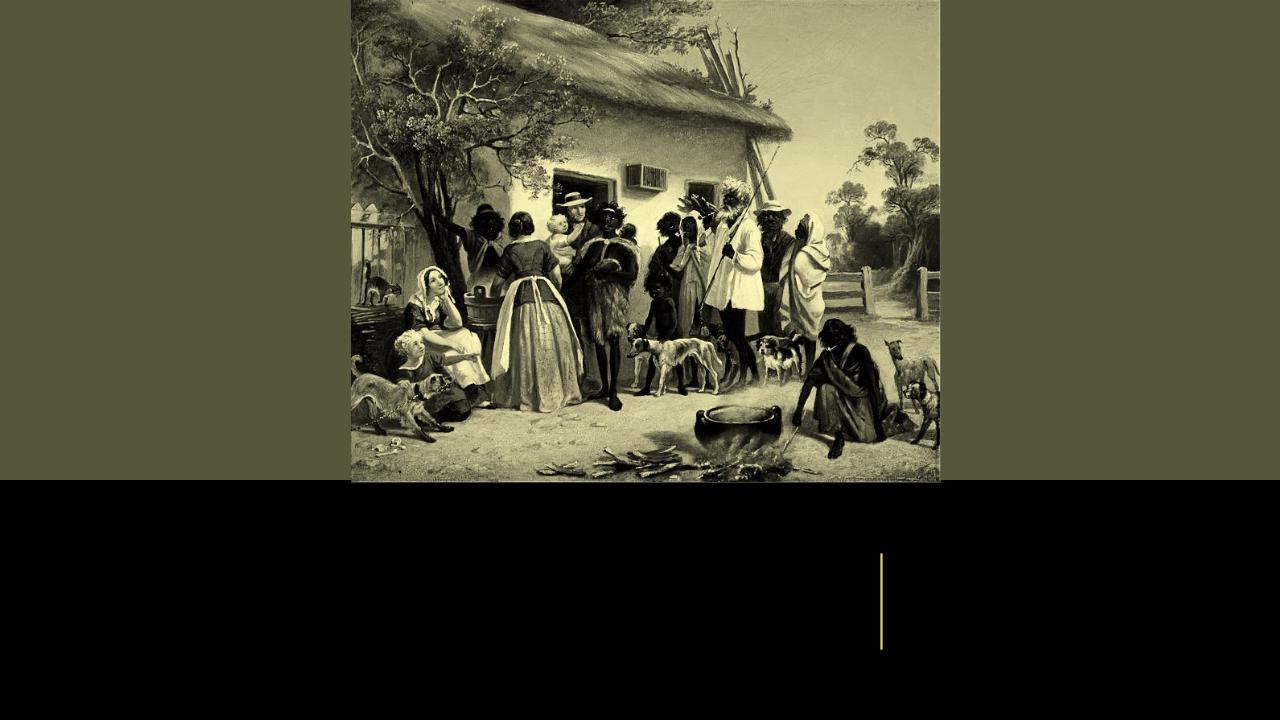
IMPACT OF THE
COLONISTS
ON INDIGENOUS
PEOPLE
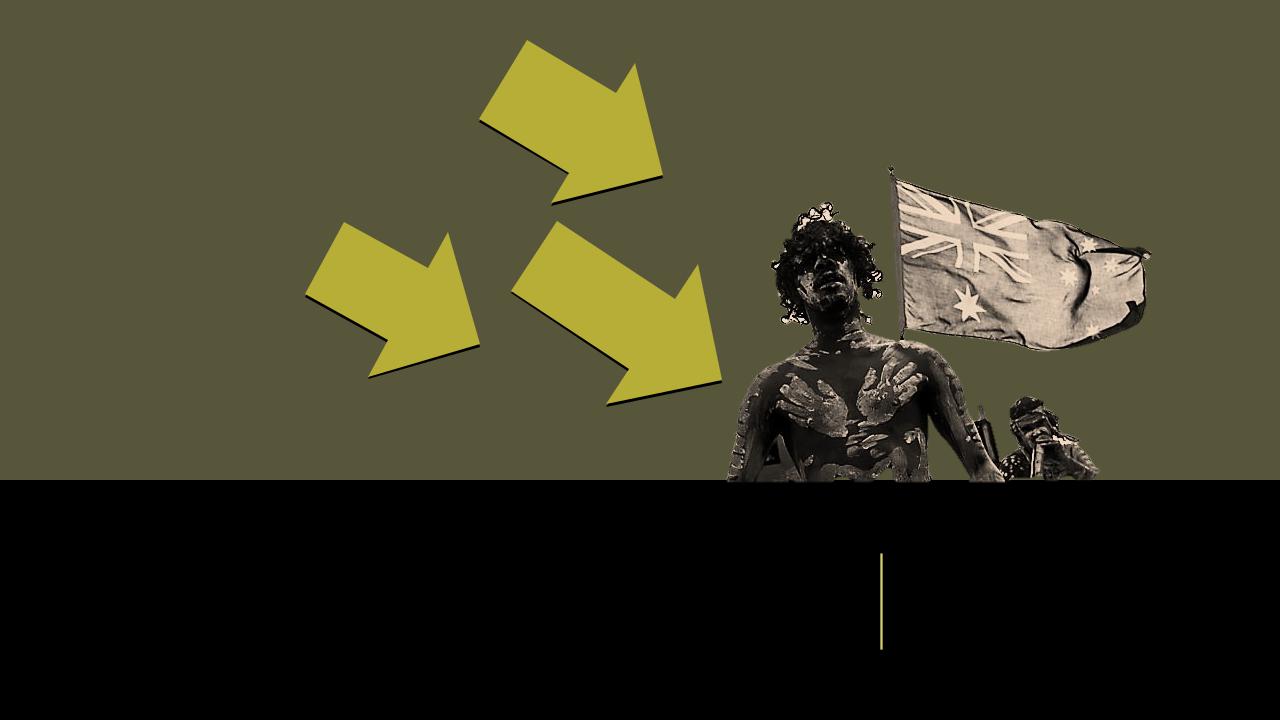
D |
|
I |
|
S |
|
E |
|
|
A |
S |
S |
E |
|
V |
|
|
|
||
|
|
I |
|
|
|
C |
|
O |
|
|
|
|
|
L |
|
||
O |
|
|
E |
|
|
|
|
N |
|||
|
N |
|
|
T |
|
|
|
F |
|
||
|
|
|
L |
|
|
|
|
|
|
I |
|
|
S |
|
C |
|
|
|
|
T |
|||
D |
|
|
|
|
I |
|
|
|
|
S |
|
|
|
|
P |
|
|
|
|
O |
|
|
|
|
|
S |
|
|
|
O |
|
S |
|
|
|
E |
|
||
N |
|
S |
|
|
|
S |
|||
|
|
|
|
I |
EUROPEAN SETTLEMENT HAD A SEVERE AND DEVASTATING IMPACT ON INDIGENOUS PEOPLE.
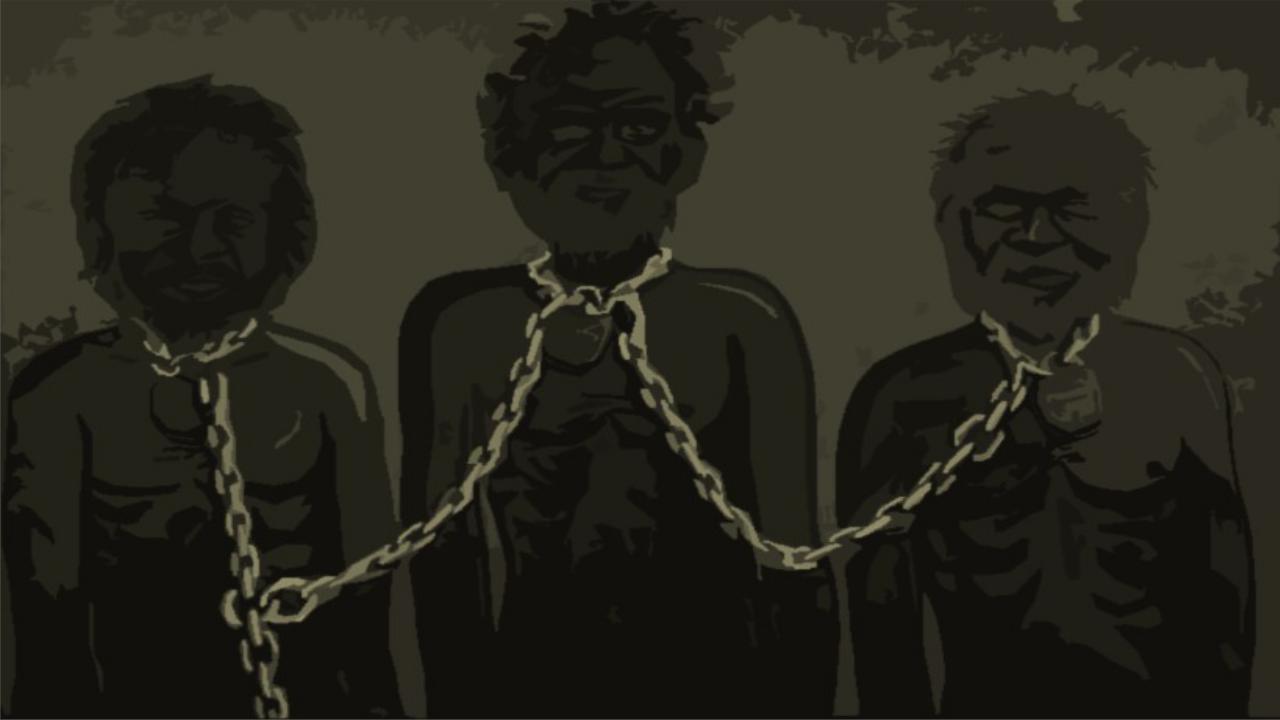
COLONIZATION OR INVASION?
Indigenous People
At least 750 000 Aboriginal people were living in Australia in 1770.
They migrated here more than 50 000 years ago.
Around 600 different tribes and hundreds of different languages.
Developed their own way of life in accordance with their religious and spiritual beliefs of the Dreamtime.
European Colonists
Under English law, the continent was considered terra nullius – ‘land belonging to no one’.
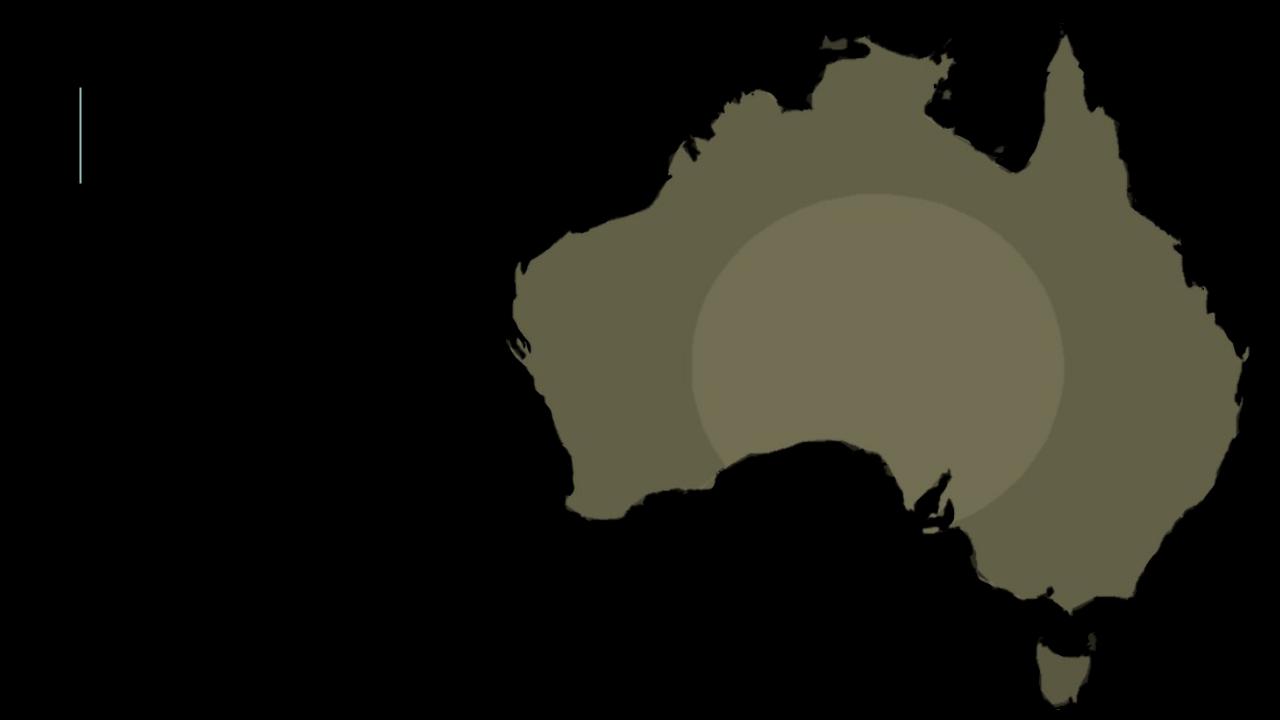
DISPOSSESION
After the First Fleet arrival to New South Wales, colonial governments gives land to white settlers.
More settlers arrive. Not enough land.
More and more Indigenous sacred sites, hunting grounds and food supplies are taken.
The Aboriginal peoples were believed to be happy to move on to new land, due to the nomadic nature of their lifestyle.
As a result, drastic decline in their population (killed in violent clashed over the lands or died from malnourishment).
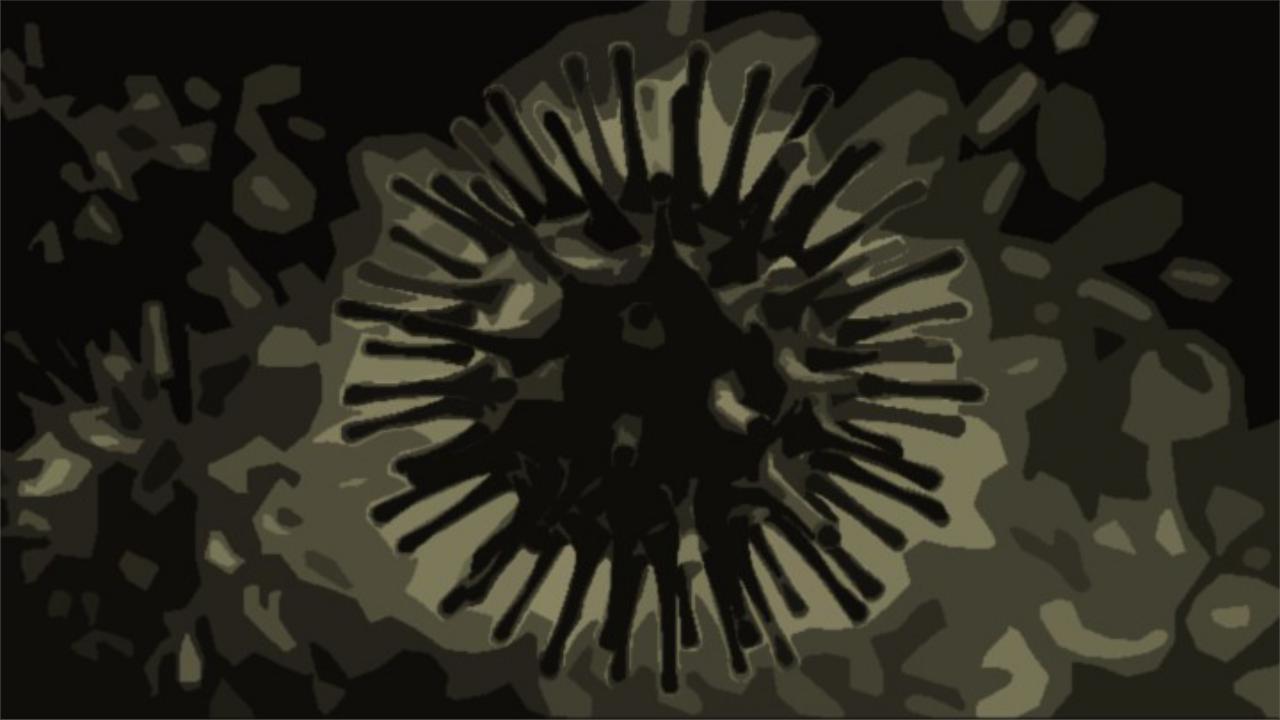
DISEASES
The Aboriginal people were in danger even during times of peaceful contact.
The Aboriginal peoples had no immunity to the unfamiliar diseases: chickenpox, smallpox, typhoid, measles, influenza, venereal diseases.
+ Alcohol was introduced to the Aboriginal people. Alcoholism became another problem.
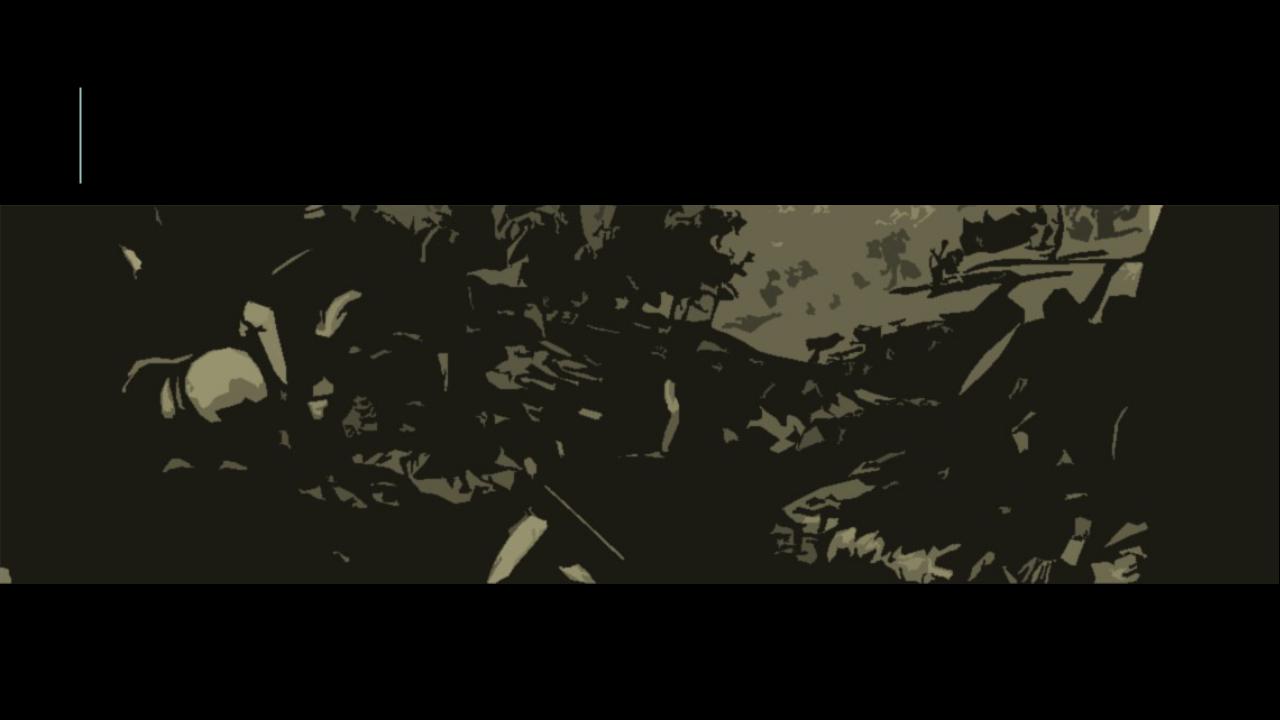
VIOLENT CONFLICTS
The 1834 Battle of Pinjarra in Western Australia, the 1838 Myall Creek Massacre in New South Wales and the 1843 Warrigal Creek Massacre in Victoria are three infamous confrontations in Australian history.
The Aboriginals also got acquainted with firearms, which had terrible consequences
– different tribes began shooting each other.
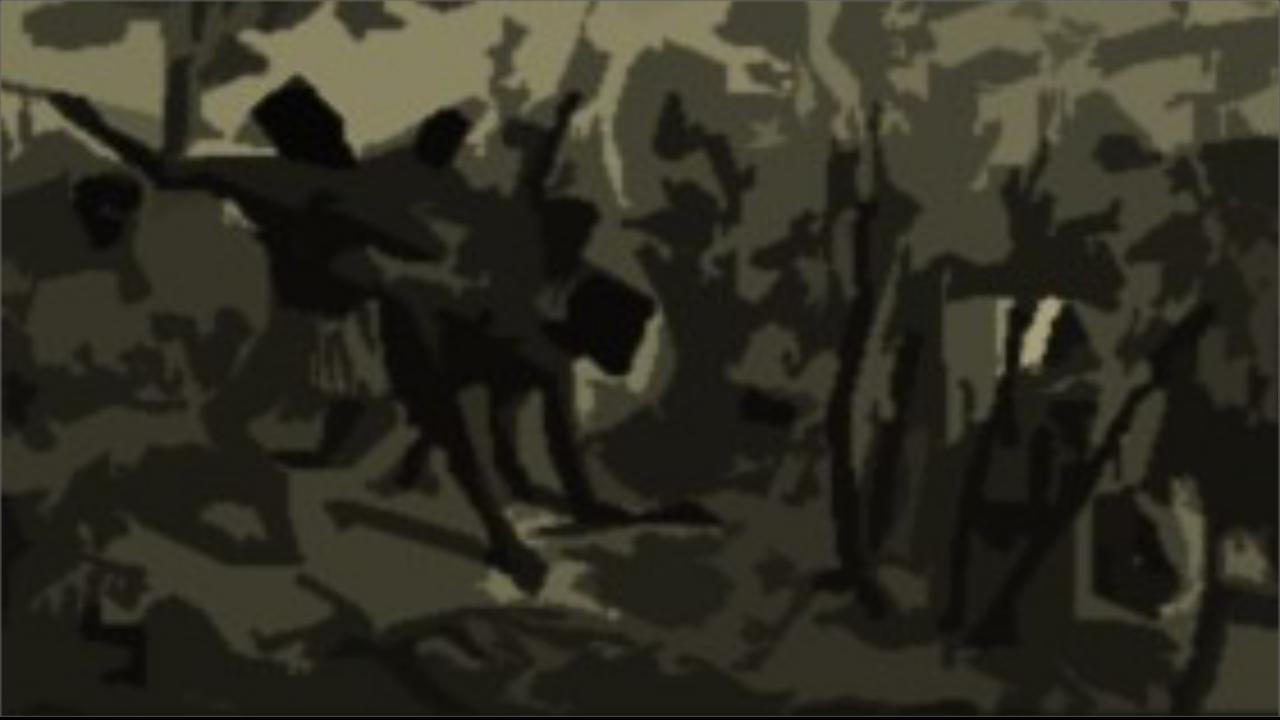
THE BATTLE OF PINJARRA (1834)
28 February 1834
60-80 Aboriginals of the Benjareb tribe vs 25 European soldiers and policemen lead by Governor Captain James Stirling
15-20 Aboriginal men and 30-40 women and children died.
Motivated by earlier attacks on white settlers by the Binjareb tribe.
Aboriginals: the settlers were invading their land.
Governor Stirling wanted to affirm his authority and power over the Aboriginals.
It was a planned attack and carried out by soldiers, so it was perfectly legal to the law.
